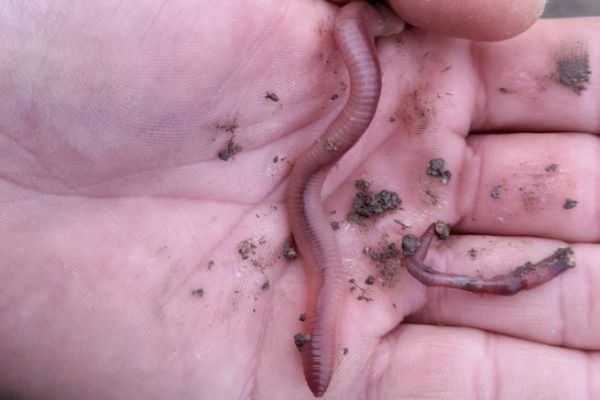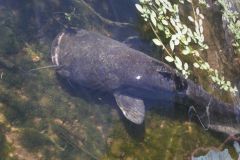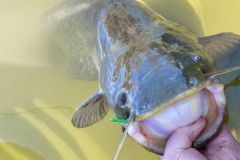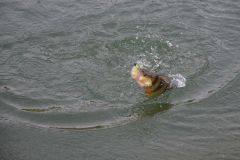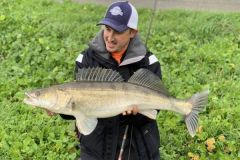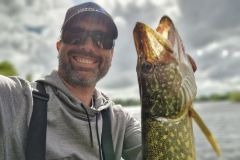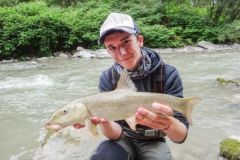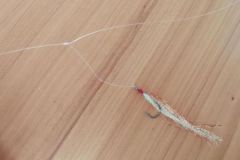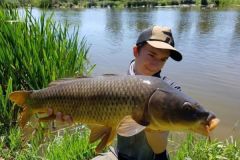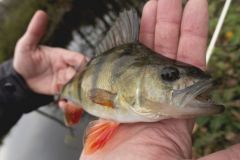Behavior, habitat and diet
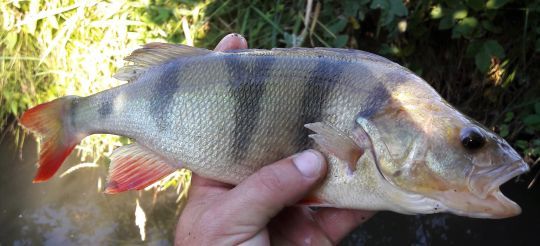
Perch are often gregarious predators of small and medium-sized fish. They often become solitary when they reach a very large size or form shoals of just a few individuals. This is due to the action of predators and cannibalism. If there are too many of them, they fall victim to dwarfism. This fish can reach record sizes of 60 cm for 3 kg, but more often the average size is 25 to 35 cm for 300 to 600 grams.
The perch is present in all our medium- and low-altitude waters, and needs grass beds, vegetation, branches and rocks to shelter from predators and keep its prey on the lookout. It feeds on various small organisms present in the water: larvae, crustaceans, molluscs, worms, but also fry and small fish.
Zebrafish, a popular predator for fishing that's accessible to all
Perch can be caught using a variety of techniques, including lures, livebaits, drop shots, verticals, deadbaits and worms. But it's the earthworm we're going to focus on for easy fishing accessible to all. The equipment we'll be using consists of an average 4 m spinning rod and a light or ultra-light spinning reel. The rod and reel should be fitted with 16 to 20 hundredths nylon and a 1 to 3 gram float, depending on the water, small sinkers, a 14 to 16 hundredths leader and a n° 8 to 12 hook.
Earthworms are easy to pick up in the garden with a pitchfork, or can be purchased at tackle shops. For baiting, place one large worm or several small ones on the hook so that they move, for added attraction.
Fishing for perch, nothing too difficult
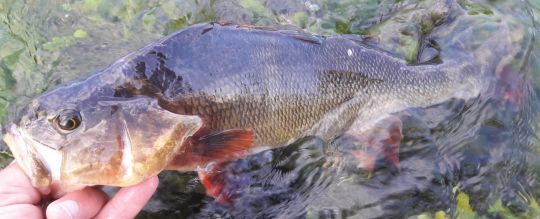
You don't have to be technical, but you do have to be discreet. Set the float so that the bait is flush with the bottom. The current will animate your line, while in stagnant water, it will make you jerk and waddle to excite your target fish. This is itinerant fishing, so there's no point in insisting on the same spot for too long, because if you don't get hits quickly, move on to the next fishing spot to find the most productive.
The perch's touch is firm, but before a delicate strike, you'll need to give up the hand for a few seconds. Avoid sudden strikes which will tear the membranes and cause the fish to stall. If you lose a fish, the others will stop biting immediately and disappear.

 /
/ 